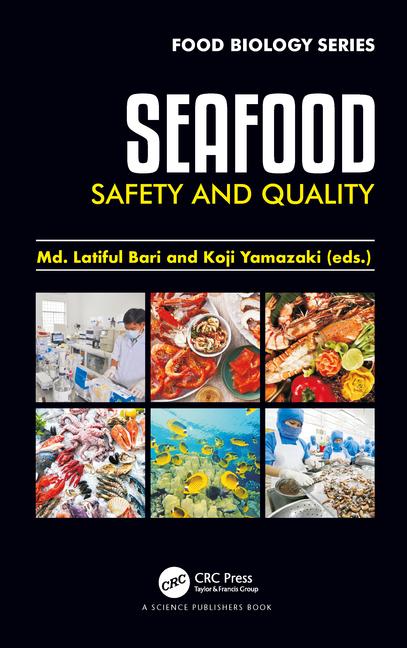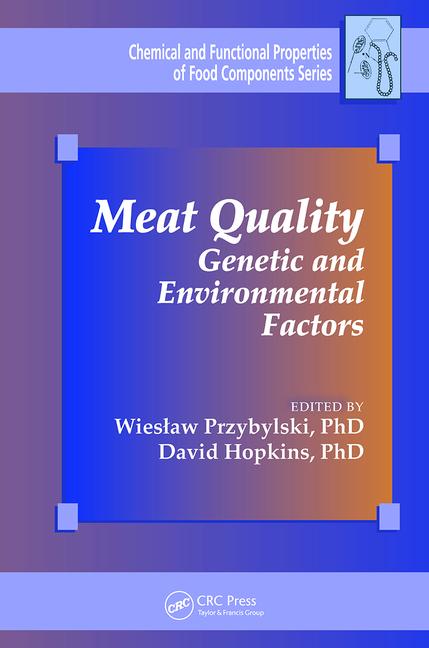Historically, food-grade lubricants have not been viewed as highly as their non-food-grade counterparts, because generally they have been formulated to only meet voluntary H1 requirements using H1-registered components.

|
However, some new food-grade lubricants are matching conventional greases with improved performance levels, performance at wider temperature ranges and endurance during high-pressure water cleanings, says Chuck Coe, president of Grease Technology Solutions LLC, a Manassas, Va.-based consulting firm.
“We observe that lubricant formulators are constantly innovating by developing new and improved chemistries that extend the life and enhance the performance of food-grade lubricants,” says Jessica Evans, business unit manager, Nonfood Compounds, NSF International, a not-for-profit and non-governmental organization dedicated to standards development, product certification, education and risk-management for public health and safety, based in Ann Arbor, Mich.
“Today food-grade greases and lubricants can often have the same functional properties and durability as traditional industrial lubricants, so that processors don’t have to compromise performance for safety,” she says.
While H1 lubricants have been widely used in food processing for decades, ISO 21469 is a relatively new standard introduced to the industry within the last five years. ISO 21469 certification complements the registration program for the H1, H2 and H3 categories in the lubricant industry, but goes further by requiring a facility audit and physical testing of the products, says Evans.
In addition, ISO 21469 requires lubricant formulations to comply with FDA regulations in 21 Code of Federal Regulations (CFR) and ensures ongoing compliance through annual audits and testing by an independent third-party organization.
The voluntary certification program also specifies the hygiene requirements for the formulation, manufacture, use and handling of lubricants, which may come into contact with products during manufacturing or processing. ISO 21469 certification is currently gaining acceptance by the global food industry, notes Evans.
“Food processors who specify ISO 21469 can be confident in the consistent quality, and compliance of their food-grade lubricants, thus providing the best possible option for effective risk management,” says Evans.
NSF International launched its voluntary Nonfood Compounds Registration Program in 1999 to re-introduce the previous authorization program administered by the U.S. Department of Agriculture (USDA), which covers all compounds used in and around food establishments such as disinfectants, lubricants and pre-processing agents.
“Not many grease manufacturers have attempted or achieved the new ISO 21469 standard because they are happy making H1 certification claims,” says Coe. “Many are standing on the sidelines while they debate the advantages of the new standard: Some think it provides them with a market advantage, but the certification process is more time-consuming and onerous.”
An H1 registered food-grade lubricant can also offer a safety — and market — benefit to the processor, as it should minimize the risk of food product contamination or adulteration.
“Not only does the product registration provide added assurance to the processor, but the NSF Registration mark on a product label also demonstrates that supply-chain controls are in place with these products when an auditor or inspector sees them being used in a facility,” says Evans.
She notes that processors should also be concerned with other products that are brought into their facility that can potentially cause contamination, such as water treatment products and sanitizers.
“For now, food-grade lubricants have shown the capability to be better, though I can’t say they all are,” says Coe. “Some companies are probably still selling 10-year-old formulas, but there is a definite trend toward better performance.”








Report Abusive Comment